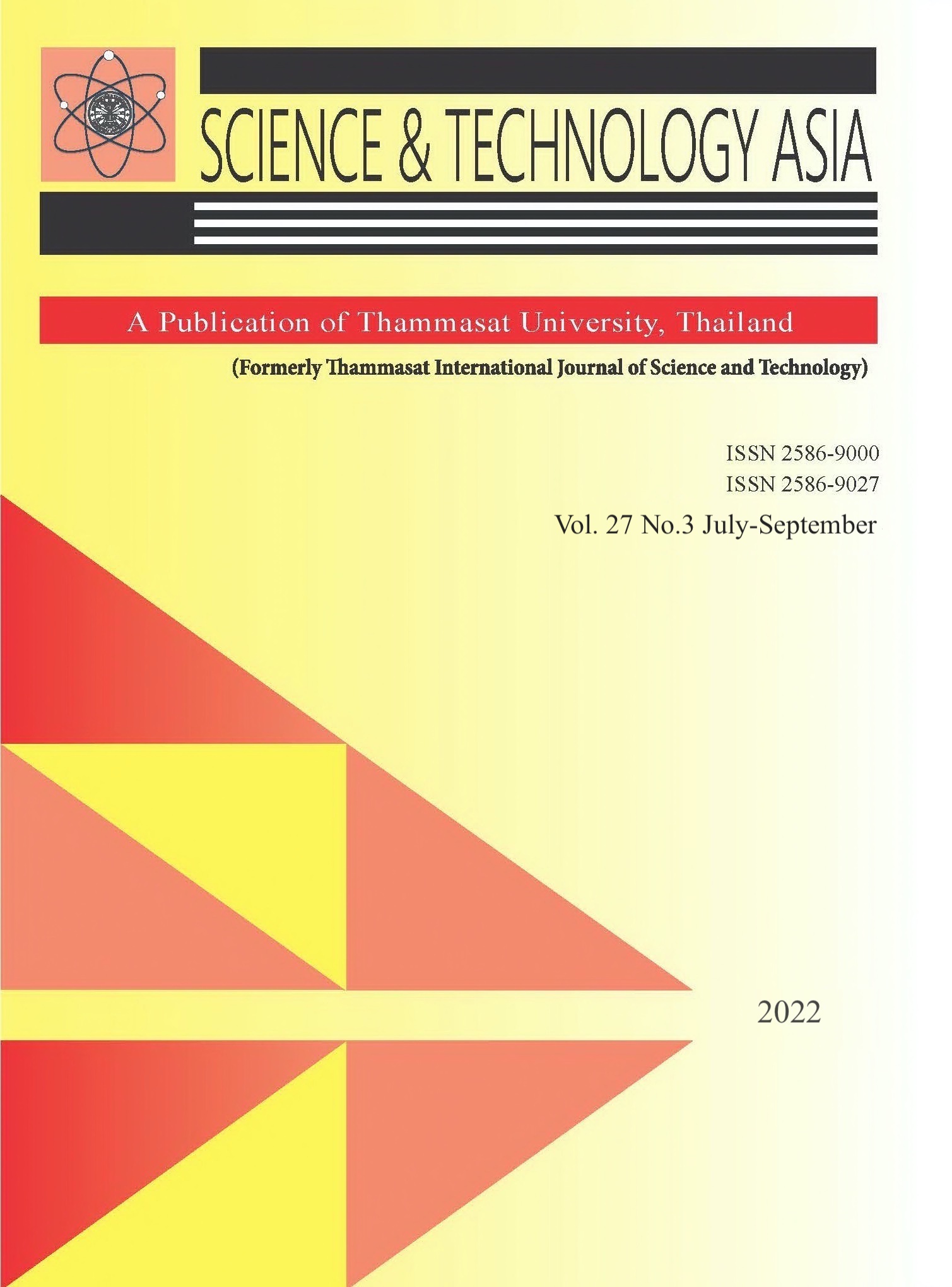Developing Epidemic Simulator of Rabies in Dogs based on SEIR, Inclination Map and Initial Dog Population
Main Article Content
บทคัดย่อ
Rabies is endemic in some regions of Thailand, where dogs are the most common reservoir of the virus. One of regular ways to control the disease is to perform a mass vaccination. However, such operations cannot be fully effective due to the need of a large area of operation protocol, where an infected dog is difficult to be tracked. Therefore, this paper is to propose a rabies epidemic simulation system, estimating an epidemic area. Rabies transmissions are modeled, following the SEIR model. Dog behavior and epidemic area are calculated using a normal distribution technique, with a probabilistic model calculated from environmental factors. Epidemic areas from 6 outbreaks in Ta-Chang, Khlong-Ree, Kuan-Lung, Tung-Tam-Sao and 2 outbreaks in Tung-Wang, are evaluated in three aspects including shapes, sizes and infected case coverage percentage. The evaluations show that the result from Klong-Ree area is the only one that expands into the unreachable area. The second outbreak epidemic results of Klong-Ree and Tung-Wang give a larger radius of 3.25 km and 3.18 km respectively, when compared to the standard vaccination radius of 3 km. Lastly, the first outbreak result of Tung Wang is the only one that cannot cover other rabies report cases. In summary, the developed simulation has around a 1.29% chance to generate the epidemic in the unreachable area. The average epidemic radius is about 2.52 km or 84% of the standard guideline. The average accuracy of the simulation which is measured from coverage percentage is approximately 83%.
Article Details

อนุญาตภายใต้เงื่อนไข Creative Commons Attribution-NonCommercial-NoDerivatives 4.0 International License.


